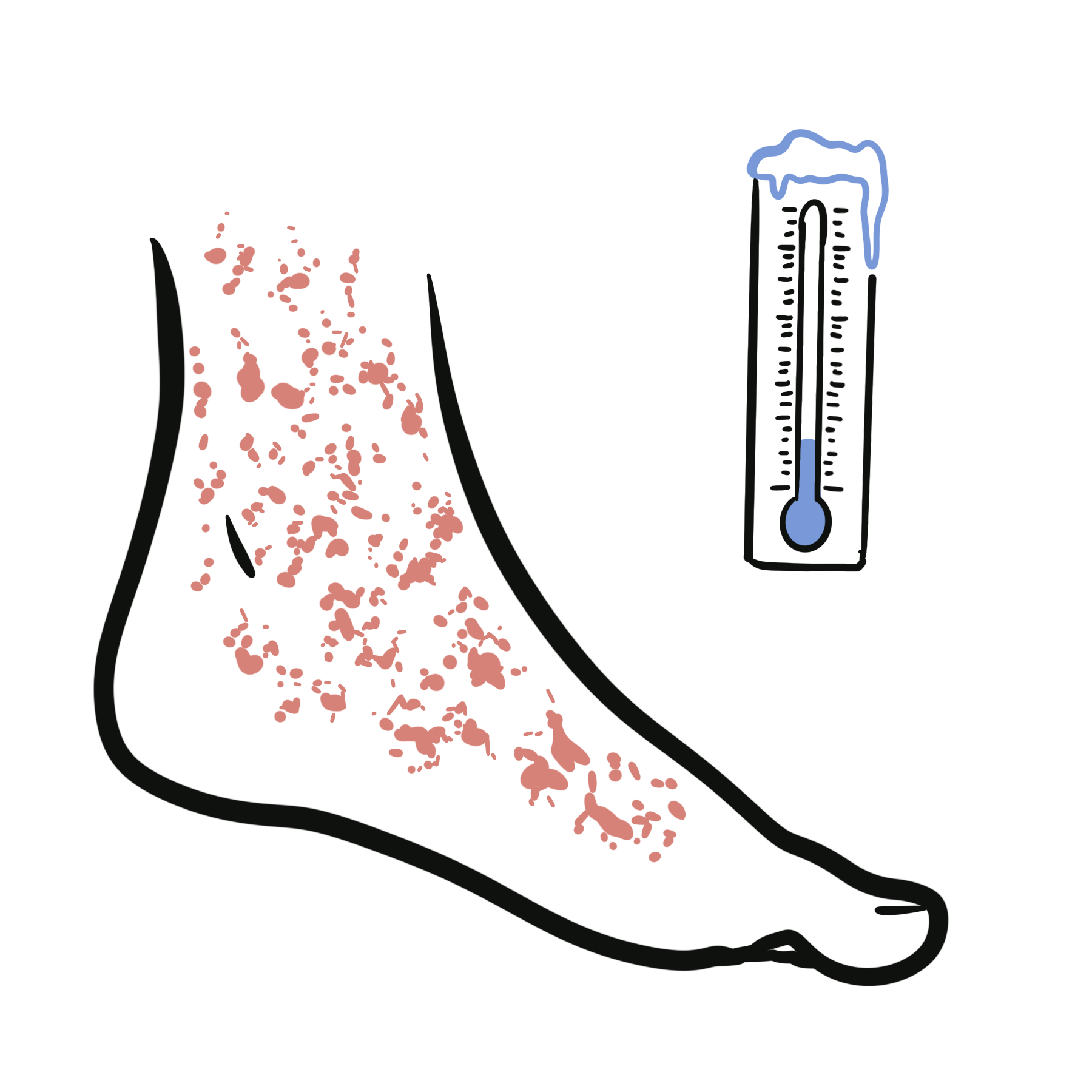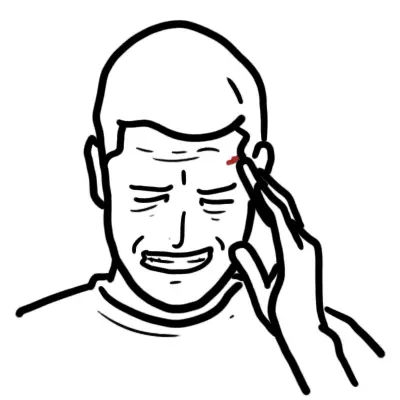
Cryoglobulinaemic Vasculitis
Rheumatology | Small-vessel Vasculitis | Vasculitides

Giant cell arteritis affects medium and large arteries and can result in blindness. Giant Cell arteritis is common in the elderly. Consider Takayasu’s arteritis if under 55yo. It is associated with polymyalgia rheumatica in 50% of cases.
Giant cell arteritis, the most common type of vasculitis in adults, affects medium and large arteries and can result in blindness.
Giant cell arteritis does not always involve the temporal artery and can affect other medium and large arteries including the aorta.
Giant cell arteritis: Systemic inflammatory vasculitis of unknown aetiology that occurs in older persons
Polymyalgia rheumatica: Commonest inflammatory rheumatic disorder affecting older people. Patients typically present with bilateral shoulder pain, morning stiffness, raised inflammatory markers, and have a rapid response to low-dose corticosteroids
Takayasu’s arteritis: chronic granulomatous vasculitis affecting large arteries: primarily the aorta and its main branches.
Clinical Presentation
Jaw claudication and visual symptoms are ischemic warning signs.
Polymyalgia rheumatica Commonest inflammatory rheumatic disorder affecting older people. Patients typically present with bilateral shoulder pain, morning stiffness, raised inflammatory markers, and have a rapid response to low-dose corticosteroids.
Investigations
Diagnosis
Imperative to obtain adequate temporal artery biopsy (>2cm) because GCA presents as skip lesions.
ESR maybe normal initially.
Management
If you suspect GCA do ESR and start prednisolone immediately without waiting biopsy results!
Prognosis
GCA and PMR are among the most common inflammatory rheumatic diseases in the elderly; the prevalence of these diseases is expected to increase due to ageing of the population.

Discussion